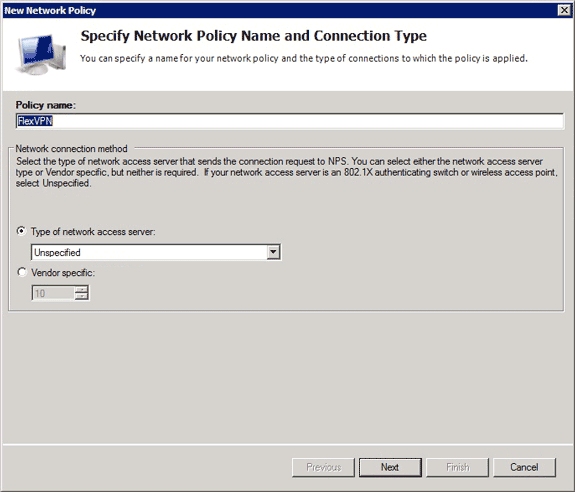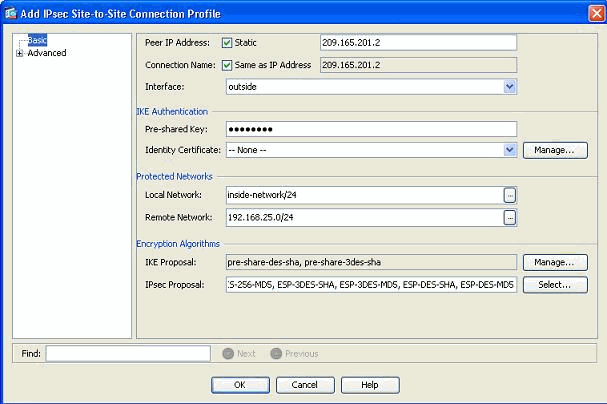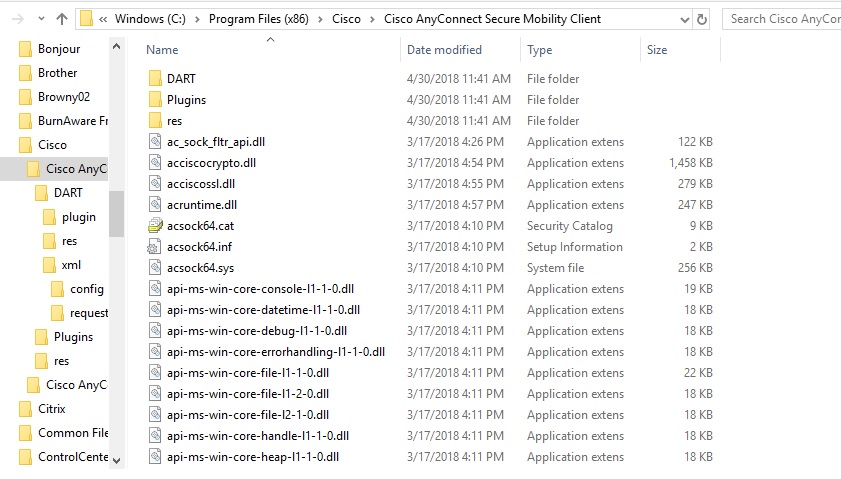

- CISCO IPSEC VPN CLIENT CONNECTION PROFILE EXTENSION HOW TO
- CISCO IPSEC VPN CLIENT CONNECTION PROFILE EXTENSION FULL
- CISCO IPSEC VPN CLIENT CONNECTION PROFILE EXTENSION PASSWORD
- CISCO IPSEC VPN CLIENT CONNECTION PROFILE EXTENSION DOWNLOAD
- CISCO IPSEC VPN CLIENT CONNECTION PROFILE EXTENSION WINDOWS
Use an existing adapter and current address - Allows the client to only use its existing, physical adapter with its current address as the source for its IPsec communications.

CISCO IPSEC VPN CLIENT CONNECTION PROFILE EXTENSION PASSWORD
Click Add Row to add user accounts, used to authenticate the VPN clients (Extended Authentication), and enter the desired Username and Password in the fields provided. Navigate to VPN > IPSec VPN Server > User. The settings are based on the document, Configuration of an IPSec VPN Server on RV130 and RV130W, and will be referred to in subsequent steps.

Note: The above settings are an example of an RV130/RV130W IPSec VPN Server configuration. If the IPSec VPN Server is not configured or misconfigured, refer to Configuration of an IPSec VPN Server on RV130 and RV130W and click Save. Verify that the IPSec VPN Server for the RV130 is properly configured. Log in to the web configuration utility and choose VPN > IPSec VPN Server > Setup.
CISCO IPSEC VPN CLIENT CONNECTION PROFILE EXTENSION WINDOWS
CISCO IPSEC VPN CLIENT CONNECTION PROFILE EXTENSION HOW TO
The objective of this document is to show you how to use the Shrew Soft VPN client to connect with an IPSec VPN Server on the RV130 and RV130W. For information about how to do this, refer to the article Configuration of an IPSec VPN Server on RV130 and RV130W. Note: To be able to successfully setup and configure the Shrew Soft VPN client with an IPSec VPN server, you need to first configure the IPSec VPN server.
CISCO IPSEC VPN CLIENT CONNECTION PROFILE EXTENSION DOWNLOAD
Make sure to download the latest release of the client software. The RV130 and RV130W work as IPSec VPN servers, and support the Shrew Soft VPN client. Received DPD ACK from xx.xx.xx.IPSec VPN (Virtual Private Network) enables you to securely obtain remote resources by establishing an encrypted tunnel across the Internet. Please suggest how can this issue be solved. But once we move the machine out of the vlan to the normal network out of the firewall Cisco ASA 5520, the vpn connects and remote desktop as well works fine.īelow are the logs i have captured which are relevant to the problem. When the user is int the vlan behind the Cisco ASA 5520, the vpn connects but remote desktop does not works. On that we have done a static one-to-nat for the user machine trying to connect to that vpn. After that there is another perimeter firewall allowing access to Internet.
CISCO IPSEC VPN CLIENT CONNECTION PROFILE EXTENSION FULL
We have a access-list on that firewall allowiing full ip traffic to the client's vpn gateway. To brief about the setup, the users are lying in a vlan, created on a Cisco ASA 5520. The vpn connects fine, but after connecting, the remote desktop to the servers does not works. Recently one of our client has provided the VPN to us for conencting.


 0 kommentar(er)
0 kommentar(er)
